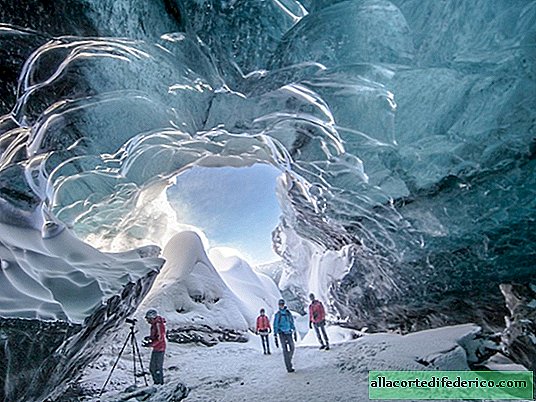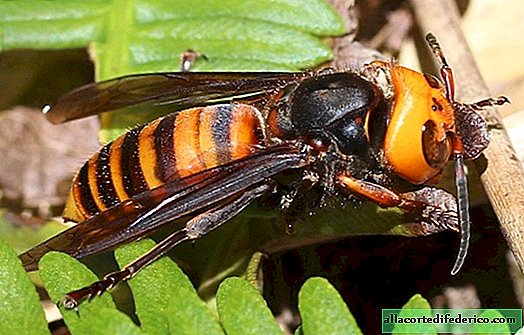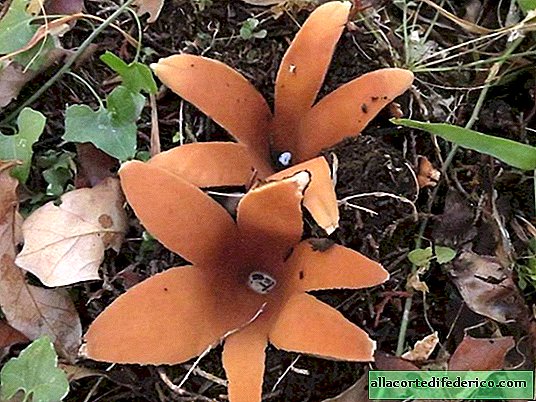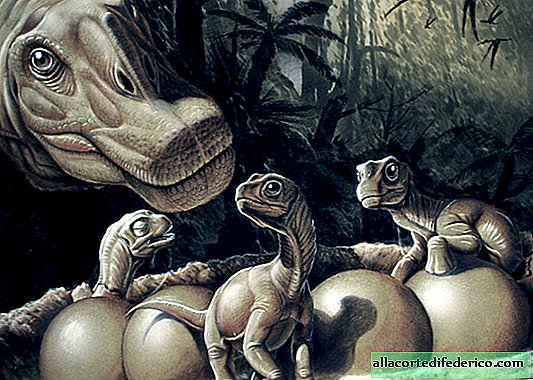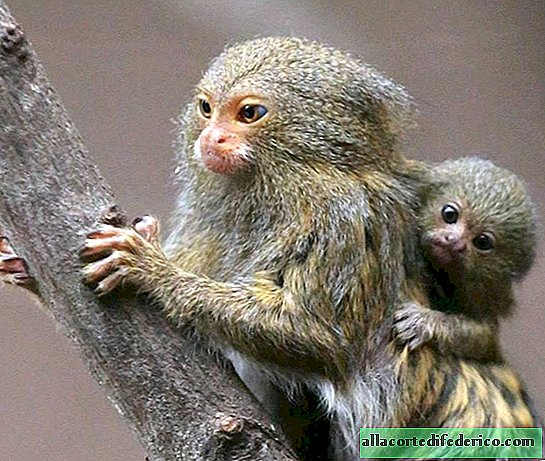It's not like in the cartoon: when saber-toothed squirrels actually lived
In the popular cartoon "Ice Age" there are many interesting characters whose prototypes already belong to the extinct fauna of our planet. One of them is a saber-toothed squirrel named Skrat, which amuses the audience with its pathological passion for nuts. Mammals similar to it really lived on Earth, but only they were not contemporaries of mammoths and saber-toothed tigers of the ice age, but lived in a completely different time.

Small mammals with long fangs, resembling squirrels or martens with a fox muzzle, appeared long before the ice age. The species was named Cronopio dentiacutus and was assigned to the order Meridiolestida, all of which are extinct by now. Most likely, unusual animals were the ancestors of modern mammals. The first fossilized remains of this species - skull bones and characteristic teeth - were discovered in Argentina on the territory of Patagonia. It is interesting that this happened quite recently, in 2011, that is, after the famous cartoon with a funny character was released.

As the analyzes showed, the owner of the found skull lived about 90-100 million years ago, that is, during the Cretaceous period. The animal, which was immediately dubbed a saber-toothed squirrel, was forced to fight for existence among a variety of dinosaurs, which at that time were widespread on the planet. Judging by the size of the skull found, Cronopio dentiacutus were small animals with a body length of about 20 centimeters, including the tail.

The jaws of this species have led scientists to some confusion. They did not differ in bite strength and power, but they could be wide open. Judging by the structure of the teeth and rather weak jaws, Cronopio dentiacutus ate insects and small reptiles. But long fangs do not fit into this power scheme. Perhaps saber-toothed proteins were omnivores and, in addition to small animals, fed on the roots of plants.

In addition to the only fragment of the skeleton found by paleontologists in Argentina, no traces of mysterious representatives of the Cretaceous fauna have yet been found.

